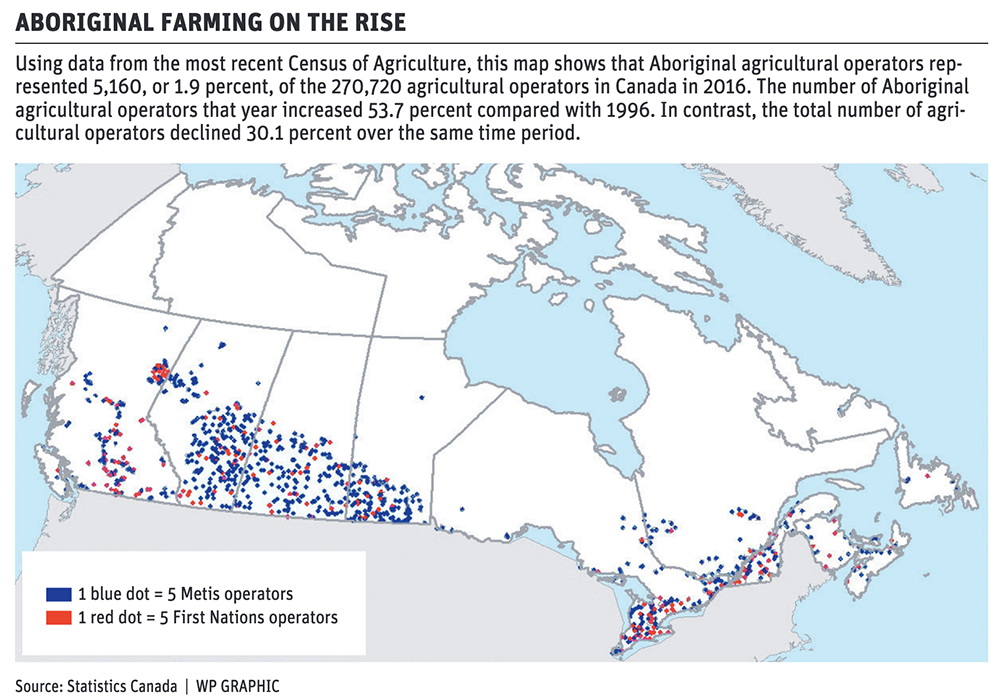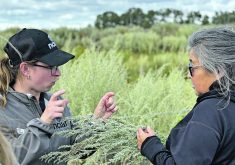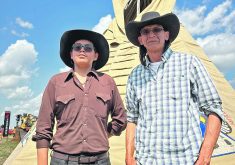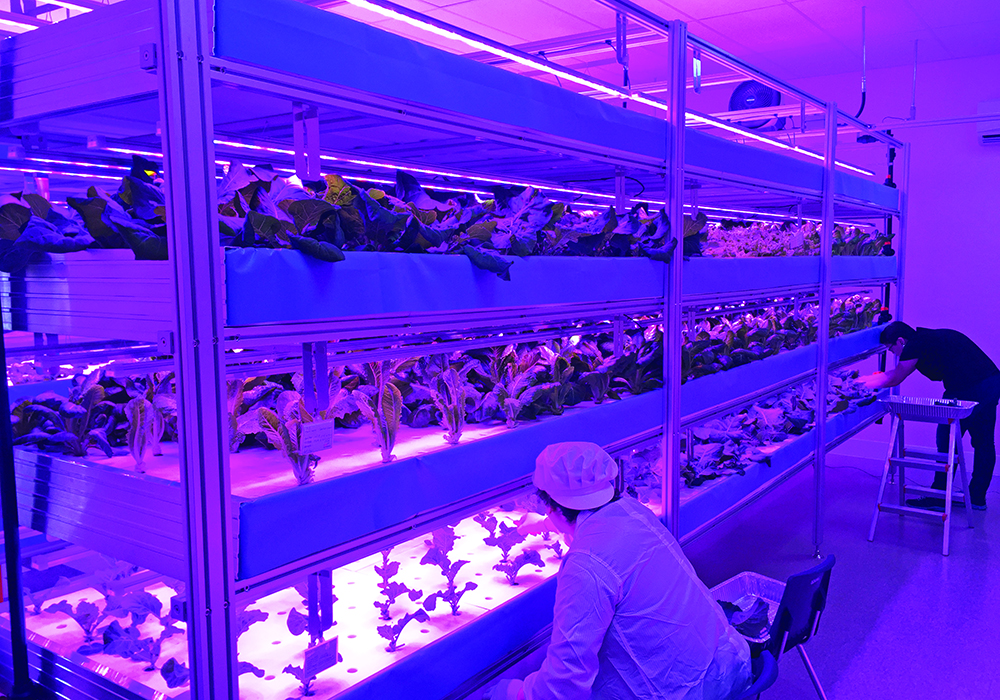The 2016 Census of Agriculture found a higher proportion of women producing food than in non-Aboriginal populations
Aboriginal agricultural is becoming a growing trend, according to Statistics Canada in its analysis of the 2016 Census of Agriculture.
By cross-referencing farm-level data from that census to numbers in the Census of Population, the federal agency produced its first portrait of Aboriginal peoples and agriculture.
It found they represented one of the few agricultural growth sectors in 2016, even as the total agricultural population in Canada faced steep declines.
Other stories in our Truth and Reconciliation feature:
- Reconciling painful past may create hope
- First Nations farm focuses on health
- Corn maze offers pathway to reconciliation
- Land-sharing network called a sign for a hopeful future
- Cattle deal dealt with 140 years later
Read Also

New program aims to support plant-based exports to Asia
Understanding the preferences of consumers in Taiwan and how they differ from Indonesia or Malaysia isn’t easy for a small company in Saskatchewan.
“Nationally, the number of Aboriginal people in the agricultural population in 2016 was 21.4 per cent higher than in 1996, the first year in which comparable data were collected,” Statistics Canada said. “During the same period, the total agricultural population fell 39.3 percent.”
The same was true for agricultural operators.
“The number of Aboriginal agricultural operators in 2016 increased 53.7 percent compared with 1996. In contrast, the total number of agricultural operators declined 30.1 percent over the same time period,” the report said.
As well, there is a higher proportion of women producing food than in non-Aboriginal populations.
“Women made up 36.8 percent of First Nations agricultural operators, compared with 28.6 percent of non-Aboriginal agricultural operators,” StatCan said.
A federal parliamentary committee that studied Indigenous agriculture in 2018-19 noted in a report that while some Indigenous communities own major export-oriented operations, “most Indigenous agriculture is small-scale and focuses on meeting the needs of the community and improving its food security.
“A number of witnesses linked support for Indigenous peoples in the agriculture sector to Indigenous communities’ food sovereignty.”
The authors of the 2019 Statistics Canada report inserted a caveat to their findings.
“It should be noted that Aboriginal history has been marked by government policies that affected Aboriginal access to farmland, tools and markets,” wrote Nicolas Gauthier and Julia White. “The recent statistics, then, should be viewed with this history in mind.”
They said more research is needed to understand this changing dynamic in Canadian agriculture.


















